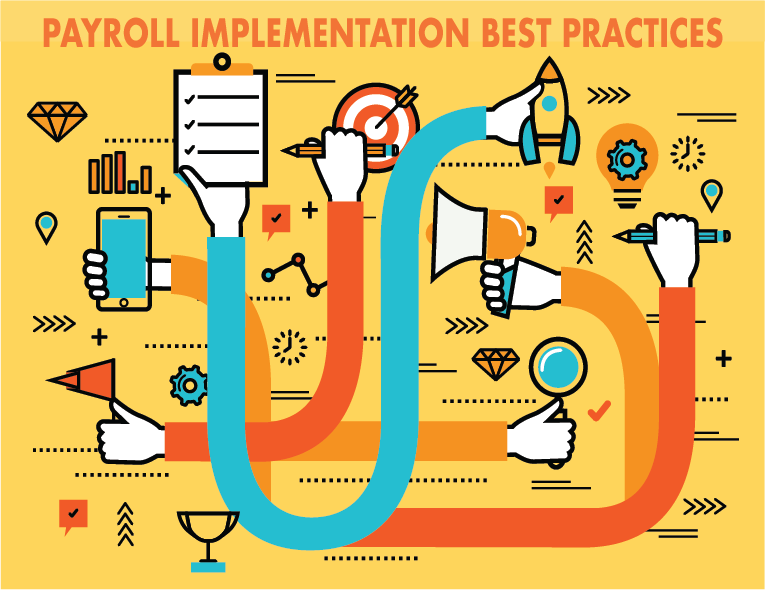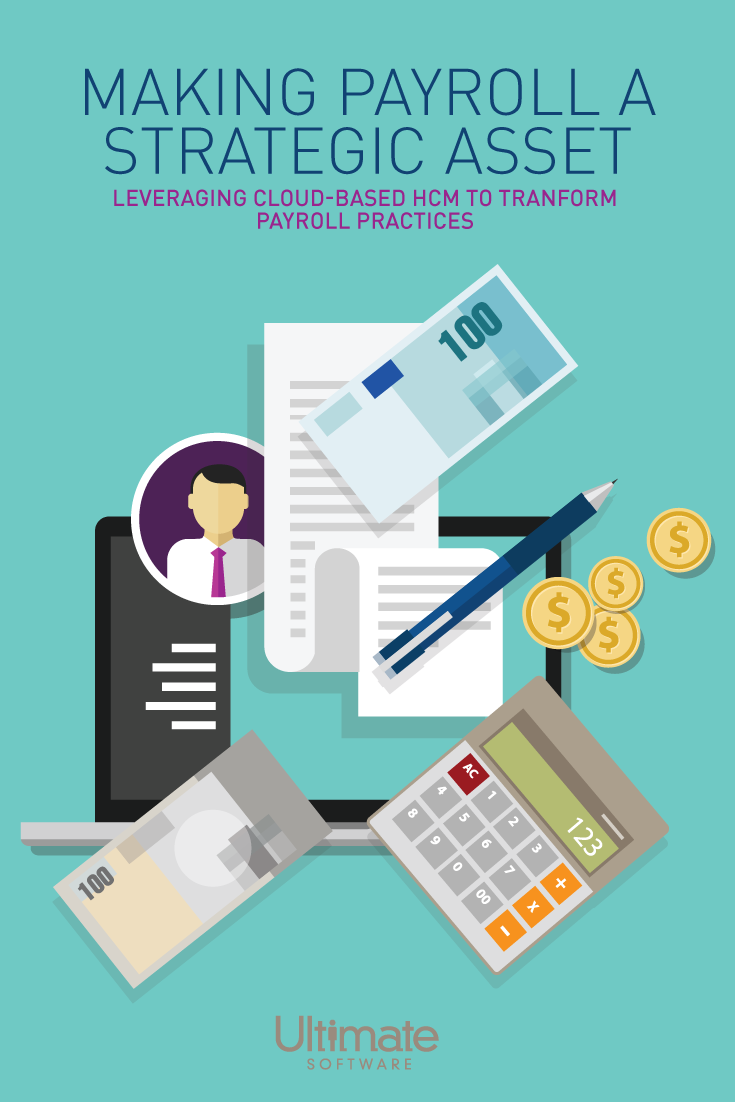

Payroll professionals who are interested in taking steps toward transforming their current practices into payroll best practices
Introduction to Best Practices
Best Practices within Payroll
Benchmarking and Best Practices
Securing Support for Your Best Practices Initiative
Tools for Implementing Best Practices
Last upd Implementing Best Practices for Processes and Technology
Customer Service
Outsourcing as a Best Practice
The Role of Business Continuity Planning
Change management
CDGA attendance certificate will be issued to all attendees completing minimum of 75% of the total course duration.
| Code | Date | Venue | Fees | Register |
|---|---|---|---|---|
| ACC156-01 | 04-01-2026 | Riyadh | USD 5450 | |
| ACC156-02 | 14-06-2026 | Cairo | USD 5450 | |
| ACC156-03 | 05-10-2026 | Amsterdam | USD 6950 | |
| ACC156-04 | 13-12-2026 | Dubai | USD 5450 |

This course provides insightful perspectives on complex payroll taxation topics, operational effectiveness, employee development, emerging technologies, and other issues when developing a successful s ...
.jpg)
Ask anyone in the organization what he or she thinks you do. The answer? “It is simple. Multiply my hours by my salary, subtract the tax and write a cheque”. If only it were that easy. When it comes t ...
Providing services with a high quality that are satisfying the requirements
Appling the specifications and legalizations to ensure the quality of service.
Best utilization of resources for continually improving the business activities.
CDGA keen to selects highly technical instructors based on professional field experience
Since CDGA was established, it considered a training partner for world class oil & gas institution
3012, Block 3, 30 Euro Business Park, Little Island, Co. Cork, T45 V220, Ireland
Mon to Fri 09:00 AM to 06:00 PM
Contact Us anytime!
Request Info